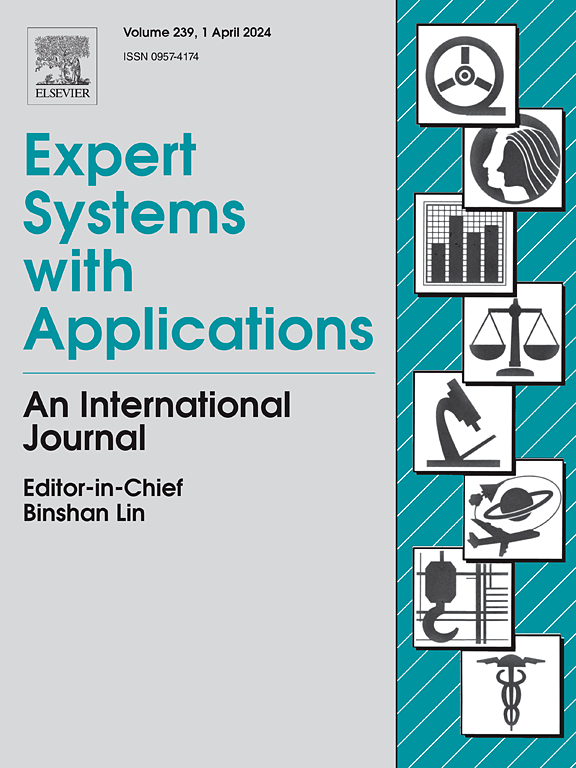Boundary semantic interactive aggregation network for scene segmentation
IF 7.5
1区 计算机科学
Q1 COMPUTER SCIENCE, ARTIFICIAL INTELLIGENCE
引用次数: 0
Abstract
Deep learning-based road scene segmentation has been paid significantly attention for autonomous driving. Most approaches focus on extracting semantic information of target and neglect boundary feature, resulting in difficultly improving holistically semantics modeling. To handle this challenge, we propose boundary semantic interactive aggregation network (BSIA-Net) to segment road scene, which embeds boundary feature into multi-scale semantic features and aggregates interactive information for promoting semantic understanding. The designed BSIA-Net consists of three parts including semantic flow, boundary flow, and aggregation flow. The semantic flow is used to extract multi-scale semantic information and constructs astrous stack pooling (ASP) module to capture rich context information by expanding the receptive field. The boundary flow is specifically designed to refine low-level boundary feature from edge extracting operator (EEO) by multi-scale semantic features. The aggregation flow constructs interactive aggregation module (IAM) to capture long-range dependencies between the inner objects and boundaries by interactively enhancing intra-class consistency. The BSIA-Net successively achieves 81.1 % and 45.41 % in mean intersection over union on Cityscapes and ADE20K datasets. Extensive experiments compared to some other methods demonstrates the effectiveness and advancement of our method.
求助全文
约1分钟内获得全文
求助全文
来源期刊

Expert Systems with Applications
工程技术-工程:电子与电气
CiteScore
13.80
自引率
10.60%
发文量
2045
审稿时长
8.7 months
期刊介绍:
Expert Systems With Applications is an international journal dedicated to the exchange of information on expert and intelligent systems used globally in industry, government, and universities. The journal emphasizes original papers covering the design, development, testing, implementation, and management of these systems, offering practical guidelines. It spans various sectors such as finance, engineering, marketing, law, project management, information management, medicine, and more. The journal also welcomes papers on multi-agent systems, knowledge management, neural networks, knowledge discovery, data mining, and other related areas, excluding applications to military/defense systems.
 求助内容:
求助内容: 应助结果提醒方式:
应助结果提醒方式:


